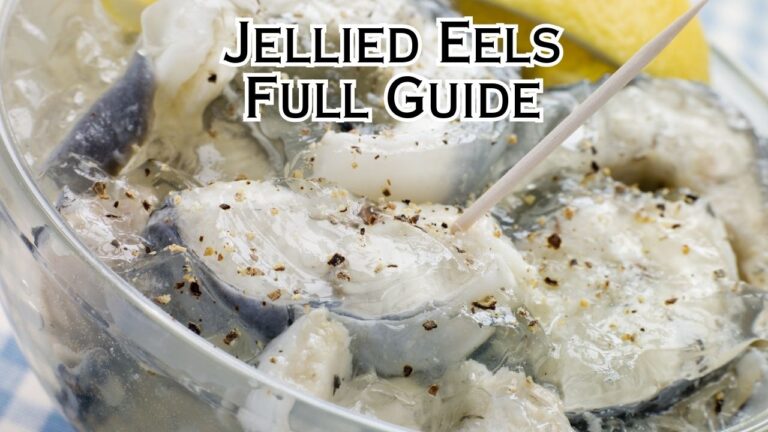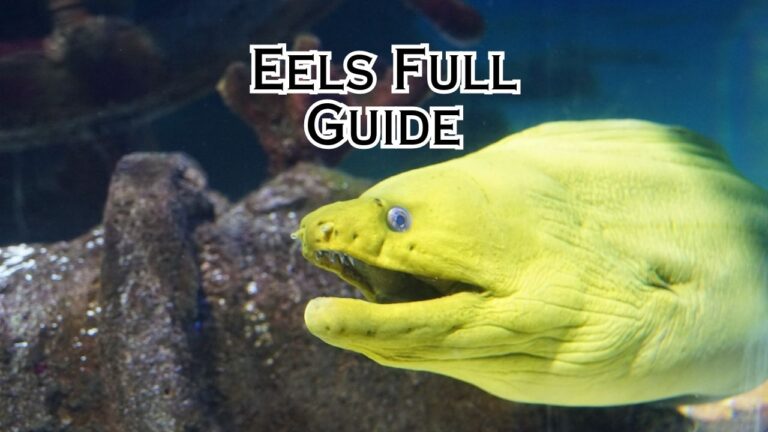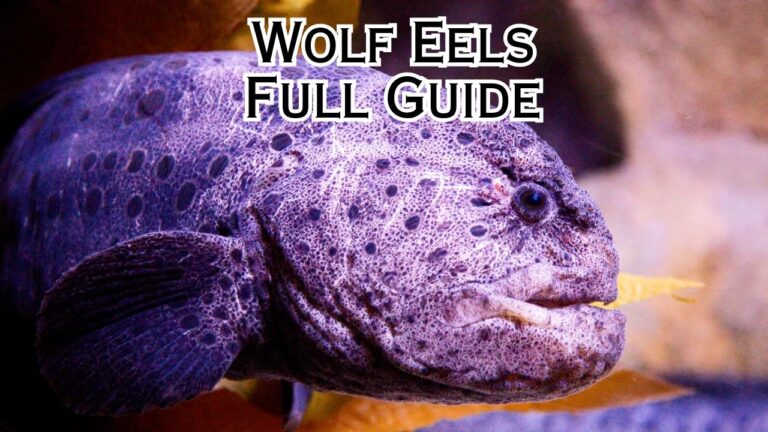
Garden eels are fascinating marine creatures known for their peculiar appearance and unique behavior. These small, slender eels inhabit sandy ocean bottoms, where they form dense colonies resembling underwater gardens. In this guide, we will explore the intriguing world of garden eels, including their physical characteristics, habitat, behavior, and conservation status.
1. Physical Characteristics
Garden eels belong to the family Congridae and are characterized by their elongated, snake-like bodies. They typically measure around 12 to 24 inches in length, with some species reaching up to 40 inches. Their bodies are slender and ribbon-like, and they lack pectoral fins. Garden eels have small mouths and sharp teeth, which they use to catch their prey.
2. Habitat and Distribution
Garden eels are found in warm tropical and subtropical waters around the world. They inhabit sandy or muddy ocean bottoms, particularly in areas with moderate water currents. These eels are most commonly found at depths ranging from 10 to 100 feet, although some species can occur at greater depths.
3. Colony Formation
One of the most distinctive aspects of garden eels is their colony formation. These eels live in large groups, sometimes consisting of hundreds or even thousands of individuals. They burrow into the sandy substrate, leaving only their heads and upper bodies exposed. This creates the illusion of an underwater garden, with rows of eels resembling swaying plants.
4. Feeding Behavior
Garden eels are carnivorous and primarily feed on small crustaceans and planktonic organisms that drift by in the water currents. They use their well-developed sense of smell to detect prey, and their quick reflexes allow them to snatch passing food particles from the water column. Garden eels are adept at filter-feeding, capturing tiny organisms with their mouths.
5. Communication and Defense Mechanisms
Although garden eels appear to be solitary creatures, they exhibit fascinating communication behaviors within their colonies. They can coordinate their movements, such as retreating into their burrows simultaneously when sensing danger. Garden eels also have the ability to change the angle and position of their bodies to communicate with neighboring eels, possibly conveying information about food availability or threats.
6. Reproduction and Life Cycle
Garden eels reproduce through external fertilization. During mating, males release sperm into the water, which females then pick up with their bodies to fertilize their eggs. The fertilized eggs develop into transparent larvae, which drift in the plankton until they undergo metamorphosis into miniature versions of the adult eels. These young eels settle into the sandy substrate and form new colonies.
7. Conservation Status
While garden eels are not currently considered endangered, they face several threats due to human activities. Destructive fishing practices, habitat degradation, and pollution can negatively impact their populations. It is important to raise awareness about the ecological importance of these eels and implement conservation measures to protect their habitats and ensure their long-term survival.
Conclusion
Garden eels are intriguing creatures that create mesmerizing underwater gardens with their colony formations. Their slender bodies, filter-feeding behavior, and fascinating communication within their colonies make them unique inhabitants of sandy ocean bottoms. Understanding the physical characteristics, behavior, and habitat of garden eels is crucial for their conservation and preserving the delicate balance of marine ecosystems.
FAQs (Frequently Asked Questions)
- Can garden eels be kept as pets in home aquariums? Garden eels have specific habitat requirements and specialized feeding behaviors, making them challenging to keep in home aquariums. It is best to appreciate them in their natural marine environment.
- Do garden eels bite humans? Garden eels are generally non-aggressive and do not pose a threat to humans. However, it is important to avoid touching or disturbing them to prevent stress or injury to the eels.
- Are garden eels vulnerable to predation? Garden eels have adapted to their sandy substrate habitats and use their burrowing behavior as a defense mechanism against potential predators. However, they can still fall prey to larger fish and marine mammals.
- Are all garden eel colonies the same size? Garden eel colonies can vary in size, ranging from small groups of a few individuals to large colonies consisting of hundreds or even thousands of eels, depending on the availability of suitable habitat and food resources.
- What can individuals do to contribute to the conservation of garden eels? Individuals can contribute to the conservation of garden eels by supporting sustainable fishing practices, reducing pollution and plastic waste that can harm their habitats, and advocating for the protection of marine environments through conservation organizations and initiatives.






